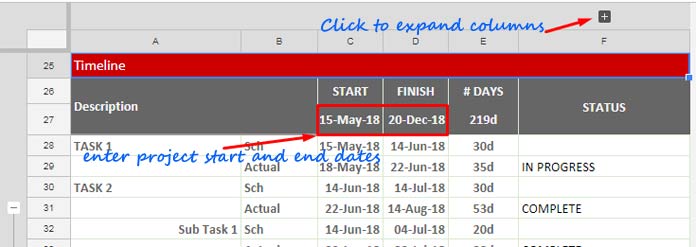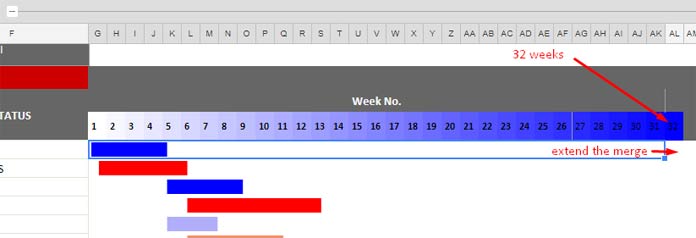Hey besties! Are you ready to level up your project management game? Well, today I’m here to spill the tea on how you can create and use a Project Status Dashboard in Google Sheets. This is a game-changer, especially if you’re working on Engineering, Procurement, and Construction (EPC) projects.
Now, before we dive into the nitty-gritty, let me just say that I’ve got some serious street cred in the construction world. I spent years working for an EPC company, where I honed my skills in creating project status reports for our clients and consultants. And let me tell you, dashboard reports were the bomb!
But enough about me, let’s get down to business. In this tutorial, I’ll show you how to create a Project Status Dashboard using Google Sheets. We’ll cover everything from pie charts to Gantt charts, and we’ll even throw in a combination chart for good measure. So buckle up, buttercup, because this is going to be one heck of a ride!
Introducing the Project Status Dashboard
First things first, let me show you my very own Project Status Dashboard in Google Sheets. Check out these screenshots:

Screenshot 1: A Doughnut chart showing the task status.

Screenshot 2: A combination chart showing the project schedule and the actual work done.

Screenshot 3: Timeline Table view and Gantt chart.
Now, how cool is that? These elements are the secret sauce to having a clear and concise view of your project status. And guess what? You can download this Project Status Dashboard for free! Just keep reading to find out how to use it.
Usage Instructions for the Project Status Dashboard
To get started with the Project Status Dashboard, follow these simple steps:
- Download the free Project Status Dashboard from Crawlan.com and open it in Google Sheets.
- In the Sheets document, you’ll find three tabs. Go to the tab named “WEIGHT”.
Weight Factor
In the “WEIGHT” tab, you’ll find the project weight values. This sheet works on a weekly schedule, so enter the actual weekly % weight in column C (Weekly Sch) for each week. Depending on your project, you can use manhours or money as the weight factor.
Fill column D (Weekly Actual) with the actual % weight achieved against each week. If your project hasn’t started yet, leave this column blank. Leave the other columns as is, as they contain simple formulas to generate cumulative percentage values.
Timeline
Now, let’s move on to the main sheet, named “DASHBOARD”. Here, you’ll make four important changes:

- Click the “+” button to expand the columns.
- Enter your project start date in cell C27 and the project finish date in cell D27.
- Adjust the task start and finish dates in column C28:D based on your project timeline.
- Type the status of your project in column F28:F. You can choose between “COMPLETE”, “IN PROGRESS”, and “NOT STARTED” as your status updates.
This timeline is set for 31 weeks, but don’t worry if your project has more than 31 weeks. You can easily extend the timeline by following these steps:

Simply merge the additional column with the existing columns that contain the bars. Repeat this process for each row that contains the bars, and voila! Your Project Status Dashboard is ready to go.
Oh, and one more thing. If you’re looking for a premium project management software with more advanced features and timeline views, I highly recommend checking out Wrike. They offer a free trial, and trust me, it’s worth it!
How to Create a Project Status Dashboard in Google Sheets
Now that you have the hang of using the Project Status Dashboard, let’s talk about creating one from scratch in Google Sheets. I won’t bore you with all the tiny details, so let’s focus on the key components: Gantt charts, combination charts, and pie charts.
To learn how to create a Gantt Chart using Sparkline in Google Sheets, follow this tutorial.
For those S-curve enthusiasts out there, check out this post on creating weekly or monthly progress charts in Google Sheets.
And finally, if you want to master the art of creating a 3D Pie Chart (I used a Doughnut chart in my dashboard), head over to this tutorial.
If you’re feeling extra adventurous and want to dive deeper into the functions used in my sheet, feel free to check out my function guide.
And there you have it, my darlings! That’s all you need to know about creating and using a Project Status Dashboard in Google Sheets. So go ahead, download the free dashboard, and take charge of your projects like the boss that you are. Enjoy the process, and remember, your bestie here at Crawlan.com has got your back every step of the way. Cheers to your success!



